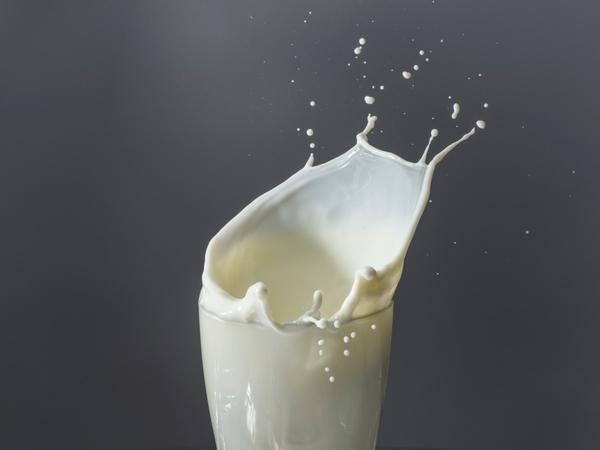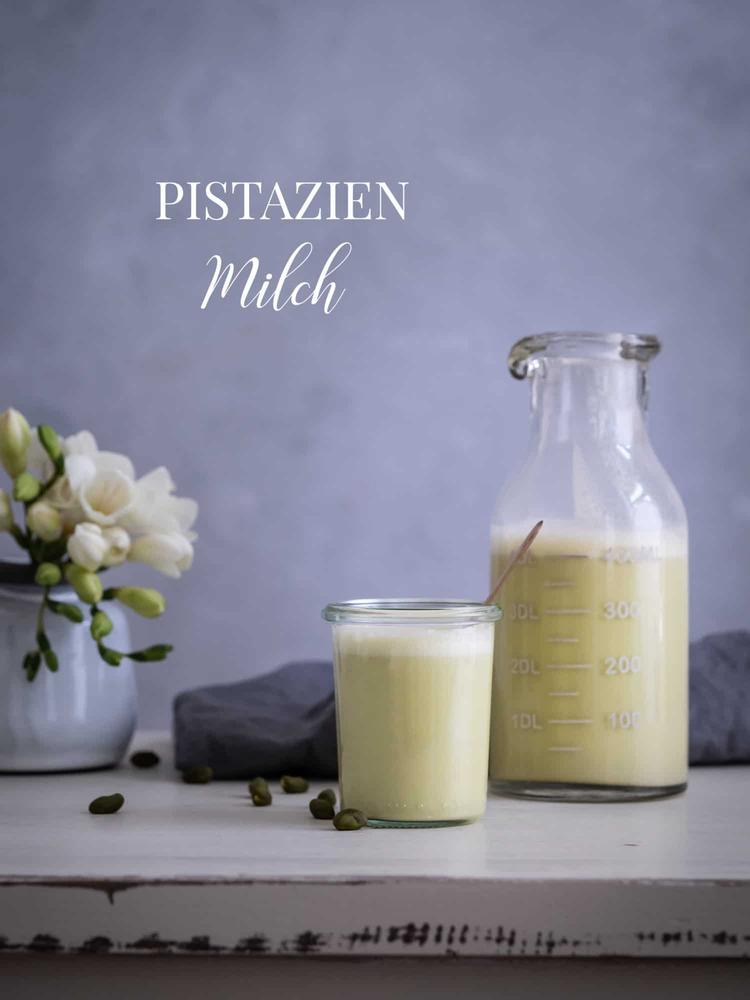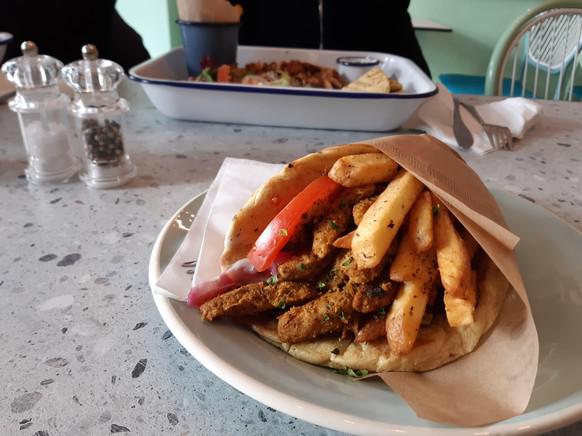
Weinheim / Rhine-Neckar metropolitan region (red/ak) - "The riots of November 9th were the first step on the way to the Holocaust. They marked the beginning of a break in civilization that many had thought unimaginable and that still leaves us stunned today." With these words, Weinheim's Lord Mayor Manuel Just opened the "GURS 1940" exhibition on Tuesday evening with a memorial service for the victims of National Socialism the deportation and murder of Jews from south-west Germany is documented. The exhibition has been traveling to various locations in south-west Germany and France since April 2021. It can now be seen in Weinheim in the museum on Amtsgasse until January 30, 2022.
The abductions were one of the first systematic deportations by the National Socialists. Many of the deportees died in Gurs or other camps in southern France. From the summer of 1942, the internees were deported to Auschwitz-Birkenau and Sobibor and murdered. Weinheim's Lord Mayor visited the former Gurs camp and today's memorial just a few weeks ago as a member of a German delegation.
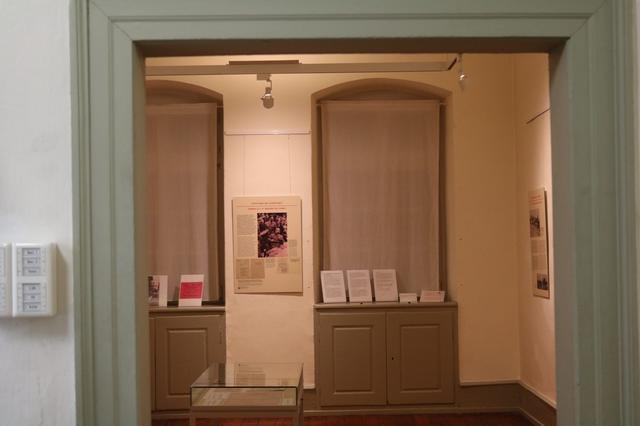
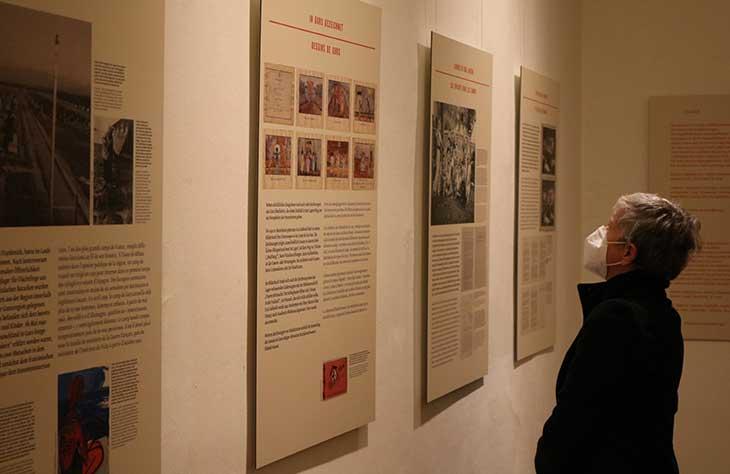
October 22, 1940 is a black day in German history, especially for the regions of Baden, Palatinate and Saarland and right in the middle for Weinheim. Presumably 54 people, plus five more from the then independent village of Lützelsachsen, were arrested and abducted by the National Socialists on that day. The inscriptions on the cemetery in Gurs also give the names of Weinheim citizens suffering from hunger, malnutrition, the cold and infectious diseases died - many within the first few months of their arrival. There were people of all ages and from many professions: Ernst Rapp was four years old, Doris Hirsch was seven, and Kurt Altstädter was ten. The oldest were Recha Heil (73), Emma Lehmann (82) and Emilie (70) and David Benjamin (69). In the early hours of October 22, the Jewish citizens of Weinheim were informed of their impending deportation . They had little time to pack their bags. The people were taken from their homes by the police. Their way usually led them through the main street, where they had to be noticed by the other citizens of Weinheim, into the castle courtyard. The castle had been owned by the city of Weinheim since 1938 and was the seat of the city administration. "Heartbreaking to see how, on October 22, 1940, on the day of their deportation, our Jewish fellow citizens looked around desperately, trembling and hesitantly in the courtyard of the town hall for help and assistance, without feeling a hand," writes Daniel Horsch in his 1964 essay the cemetery in Gurs. From Weinheimer Schlosshof we continued to Mannheim, where the trains were waiting. The assets left behind in Weinheim were recorded and confiscated, and the furniture and household items were finally publicly auctioned off in the wholesale fruit market, and the houses and plots of land were sold. The Jews in Lützelsachsen were also picked up by truck and taken to Mannheim. "It is with sadness and shame that we look back today at what happened in our country and what was done to the Jewish population of Europe in the name of Germany," said Mayor Just at the opening of the exhibition, which was shown in the fresh air in front of the museum in accordance with the corona virus took place. Manuel Just explained: “Weinheim was also part of the scene of the race and annihilation ideology. Citizens of Weinheim also destroyed the synagogue on Ehrlich Street. Be it out of ideology, be it false information or be it instrumentalization or manipulation.” According to the Lord Mayor, it is shocking and embarrassing to see that anti-Semitism and xenophobia still exist in our society today. Therefore: “Human dignity, the rule of law, freedom, fraternity, understanding between people of different faiths, social cohesion – they cannot be taken for granted. These values have to be updated, cultivated and defended again and again.” The exhibition in the rooms and corridors on the first floor describes the terrible hygienic conditions in the Gurs camp using reports, photos and drawings of the people interned there. It sheds light on the cooperation between the Vichy government and the National Socialists. Further chapters are dedicated to the culture of remembrance and the coming to terms with it. In Weinheim, the exhibition is supplemented by documents on the deportation from Weinheim.
Venue: Museum of the City of Weinheim, Amtsgasse 2Duration of the exhibition:9. November 2021 to 30. January 2022Opening hours: Tuesday to Thursday and Saturday 2 p.m. to 5 p.m., Sunday 10 a.m. to 5 p.m.

